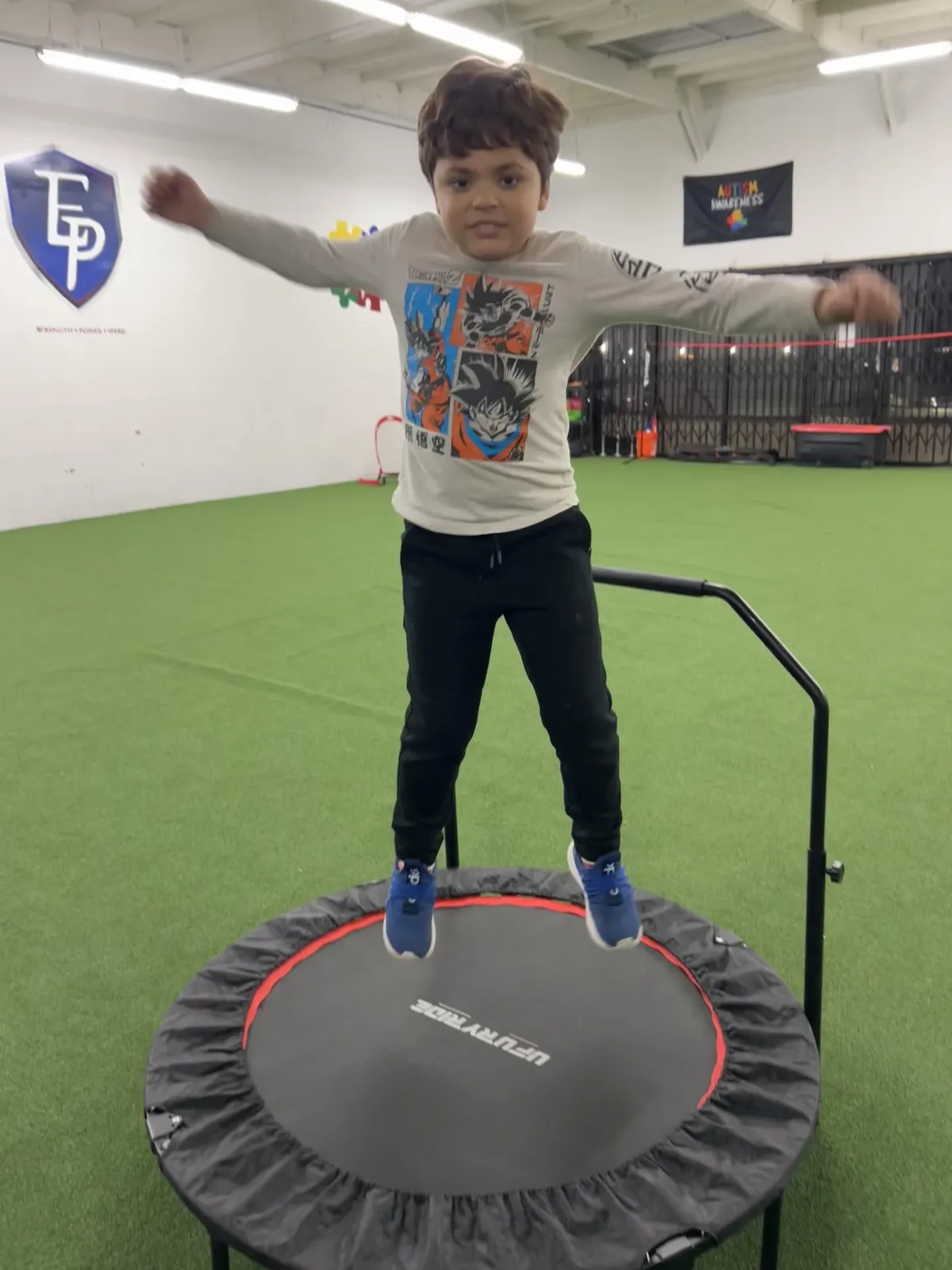
How Fitness Supports Emotional Regulation in Neurodivergent Kids
For many neurodivergent children—including those with autism spectrum disorder (ASD), ADHD, and sensory processing differences—emotional regulation can be a daily challenge. Big feelings can erupt without warning. Transitions can trigger shutdowns. And the overwhelm of everyday environments can feel impossible to manage.
But what if one of the most powerful tools to support emotional regulation isn’t found in a therapist’s office or medication bottle… but in movement?
Let’s explore how fitness, physical activity, and sensory-informed exercise routines can play a transformative role in helping neurodivergent children better regulate their emotions—and how parents, educators, and caregivers can make it a regular part of life.
Understanding Emotional Regulation in Neurodivergent Children
Emotional regulation is the ability to manage and respond to an emotional experience in a socially appropriate and flexible way. It involves recognizing emotions, controlling impulses, and using coping strategies to return to a calm state.
Neurodivergent children often struggle with emotional regulation because their brains process sensory input, emotions, and social cues differently. For autistic children, emotional dysregulation can stem from:
Sensory overload (e.g., bright lights, loud noises)
Difficulties with communication or transitions
Challenges identifying and labeling emotions (alexithymia)
Neurological differences in how the nervous system processes stress
These factors can lead to meltdowns, shutdowns, aggressive behaviors, or anxiety—but structured movement can help.
The Connection Between Physical Activity and Regulation
Research has shown that regular exercise offers several benefits for autistic and neurodivergent children, especially when it comes to supporting emotional well-being and nervous system balance.
🔹 1. Releases “Feel Good” Neurochemicals
Exercise increases endorphins, dopamine, and serotonin—neurotransmitters that help regulate mood, reduce anxiety, and create a sense of well-being. For children who experience chronic stress or anxiety, regular movement can provide a natural chemical boost to stabilize emotional highs and lows.
🔹 2. Builds Body Awareness and Control
Fitness programs that focus on coordination, balance, and motor planning (like those at Excel Together) help children better understand where their bodies are in space (proprioception). This “body awareness” supports emotional self-regulation by grounding kids in the present moment and giving them a greater sense of control.
🔹 3. Supports Sensory Integration
Many neurodivergent kids experience sensory input differently. Movement can help them organize and “filter” overwhelming input by activating the vestibular (balance) and proprioceptive systems. Jumping, pushing, spinning, or crawling—when done intentionally—can help children calm down or “wake up,” depending on what they need.
🔹 4. Teaches Self-Regulation Through Routine
Structured fitness programs teach routines and sequences: warm-up, exercise, cooldown. These predictable patterns help children practice anticipation, follow directions, and experience transitions in a safe, controlled environment—skills that translate to emotional transitions as well.
What Does a Regulation-Focused Fitness Program Look Like?
Not all movement is created equal. For neurodivergent children, fitness programs need to be intentionally designed with sensory needs, communication styles, and attention spans in mind.
At Excel Together, our fitness and mobility programs are built around:
Sensory-friendly spaces with minimal noise, lighting control, and visual clutter
Adaptive movements tailored to each child’s mobility and needs
Positive reinforcement and relationship-based coaching
Choice-based stations to help children feel autonomy and reduce stress
Built-in regulation breaksto avoid overwhelm
Activities might include:
Deep-pressure exercises like pushing weighted sleds or crawling through tunnels
Rhythmic movement such as bouncing on a trampoline or swinging
Strength-building games that include repetition and structure
Breathing, stretching, or yoga-style cool downs to practice calming techniques
The goal isn’t just movement—it’s regulation.
Movement = A Pathway to Emotional Mastery
When we teach neurodivergent children how to move their bodies in purposeful, joyful ways, we’re not just building strength—we’re giving them tools they can use for the rest of their lives.
Here are just a few ways families see improvements:
✅ Fewer meltdowns or shutdowns after school or during transitions
✅ Improved sleep, focus, and appetite
✅ Stronger social skills as children feel more confident in their bodies
✅ Increased resilience when facing emotional or sensory stressors
And perhaps most importantly: kids begin to learn what regulation feels like—so they can return to that calm, balanced state when things get hard.
Tips for Parents & Caregivers to Support Fitness at Home
While structured programs like Excel Together are ideal for consistency, you can also bring regulation-based movement into your child’s home routine.
Here are some ideas:
🟢 Create a Movement Break Schedule
Build 5–10 minute breaks into your child’s daily routine. Let them jump on a mini trampoline, stretch on a yoga mat, or carry something heavy (like a laundry basket) to activate their muscles and reset their nervous system.
🟢 Use Movement Before Transitions
Before a difficult transition (like leaving the house), offer movement to help regulate. This could be 10 jumping jacks, a bear crawl race, or wall push-ups.
🟢 Watch for Clues
If your child is getting wiggly, shutting down, or emotionally reactive, it may be a sign that they need movement. Keep a few go-to options nearby (exercise cards, therapy ball, scooter board).
🟢 Make It Playful
Regulation isn’t about discipline—it’s about connection. Keep things fun and flexible. If a movement doesn’t land today, try a different one tomorrow.
Final Thoughts
For neurodivergent children, emotional regulation isn’t just a behavior—it’s a skill set that can be nurtured with the right tools. And fitness is one of the most effective, joyful, and empowering tools available.
By making movement a regular part of your child’s life—whether through a sensory-smart program like Excel Together or simple at-home play—you’re not just helping them burn energy. You’re helping them build resilience, develop coping strategies, and experience the pride of emotional success.
Because every child deserves to feel strong, steady, and seen—inside and out.
